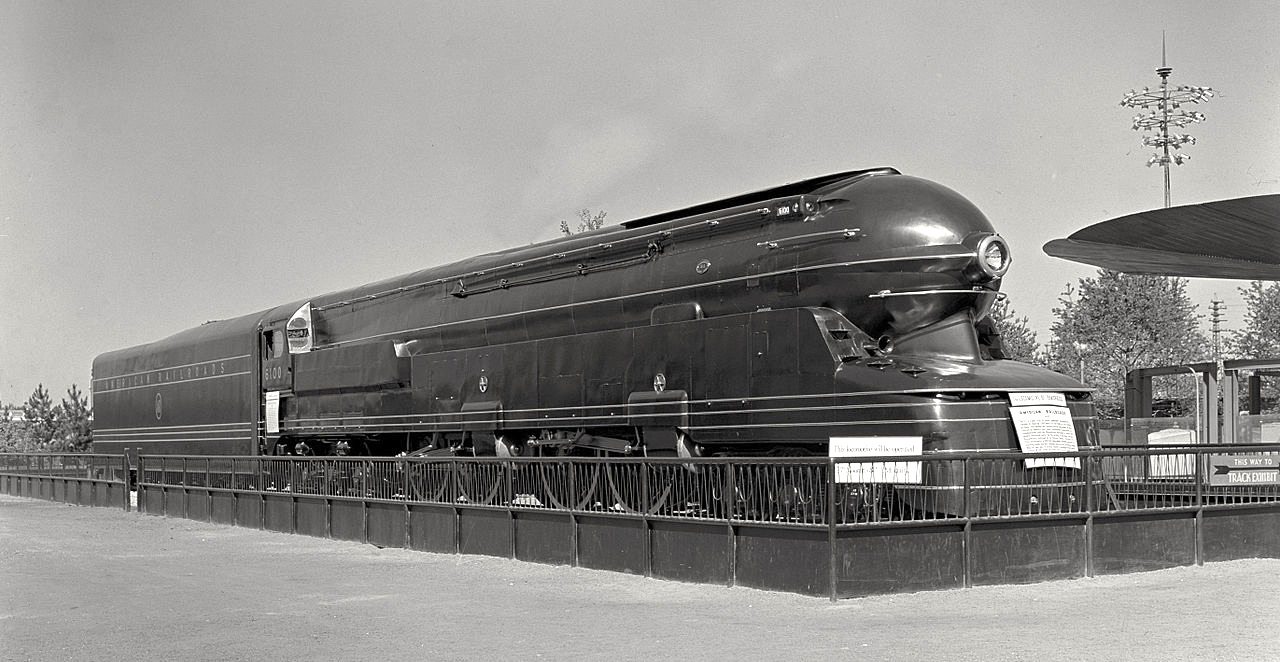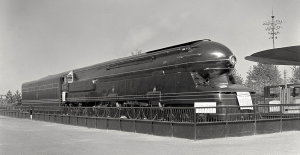
With the SAS conference approaching (have you registered yet?), many of us are looking forward to the excellent talks, posters and coffee sessions (a terribly important, but often overlooked aspect of conferences). I submitted a few abstracts for talks, which have been converted to posters instead (TODO: make three posters!).

The first poster will discuss my experiences with a blog:
LIVING WITH A SAS WEBLOG: HIGHLIGHTS AND LESSONS LEARNT
Since 2007, the LookingAtNothing weblog (and associated YouTube channel) has gradually evolved into a well-visited location for learning about small- angle scattering, and exploring aspects thereof. It has led to a series of speaking engagements, improved contact with other scatterers and non-scatterers (leading to several papers), and resulted in interesting exchanges concerning specifics or advice on SAS. However, the weblog also comes with associated downsides: it is not typically considered to be a “valid” working activity for researchers, requires constant attention (about half a day per week), and is inherently biased to brief and small-scoped topics. From the years of blogging, then, several lessons may be percolated.The weblog has been the driving force and outlet
for many short, interesting (but often unpublishable) curiosity-driven investigations. Highlights include
the development of the Live Fourier Transform teaching tool, investigations on the significance and derivation of several data corrections (part 1, 2, 3, 4, 4.2, 5.1), a comparison between line-collimated versus pinhole-collimated instrument data, and comparisons between distance calibration methods.Furthermore, one positive side-effect from running the weblog is the valuable feedback it provides. Readers of the weblog have been in contact to discuss unclear aspects of small-angle scattering. Their comments serve as powerful indicators (or reminders) of underdeveloped areas in SAS, in need of reinforcement or reiteration. Typical questions ask about introductory methods and materials, data correction software and methods, and data analysis guidelines.
But has blogging proven to be a productive waste of time? The answer depends very much on what results were expected. It certainly does not automatically lead to popularity or fame, and if it does so at all, it does so inefficiently. For more modest purposes, however, it works very well: it provides a central outlet for documenting the odd investigation and highlighting the work of the individual or group. Furthermore, its weakness is its strength: it forces the author to think at least once a week about something!
This poster explores some of these aspects of the weblog environment in a SAS community. It will provide examples of popular blog posts, and explore its need and utility.

The second abstract was a modification on the Blog-specific one, broadening the scope to discussion of the future of SAXS:
THE FUTURE OF SCATTERING: AN OPINION
It may be of interest to the early-career small-angle scatterer to investigate the heading of our field. This talk attempts to address that need through an informed opinion on the current state and general direction of the field. Its contents will be based on the polling of peers, recent literature, the experience gained through running the LookingAtNothing weblog, and the small (and larger) curiosity-driven investigations reported therein.
The current broad range of applications of SAS indicates that it has to be flexible enough to adapt to broadening future applications, to maintain its status as a reliable and useful characterization technique. A question is thus raised that lies central to the future heading: “How good do we need to be, and where can we improve?”.
The metrological approach to answering this is defined by numerical quality: estimating and improving the data accuracy and consistency, and determining its effects on the resultant morphological parameters. The numerical quality is dictated by both instrumentation and data correction methods. While we are now enjoying the luxury of bright sources, scatterless collimation, and largely problem-free detection solutions, some questions on (the necessity of) data corrections and reproducibility aspects remain to be answered. The first part of this talk will thus highlight recent advances in standardization, data reduction and analysis, and provide practical examples to estimate their impact.
The personal approach to the central question is defined by our communication: where and how (much) do we need to improve our outreach efforts? Fortunately, the aforementioned weblog has a valuable side-effect: readers of the weblog have been in contact to discuss unclear aspects of small-angle scattering, which serve as powerful indicators (or reminders) of underdeveloped SAS aspects in need of reinforcement or reiteration. Their questions highlight our need to develop and concatenate introductory methods and materials, data correction software and methods, and data analysis guidelines. Examples of these will be given in the second part of this talk.
Lastly, some words of warning may be appropriate, which may prevent alienation of the casual user. Such risks lie, for example, in the development of “black box” SAXS instruments that distance the user from the straightforward technique and its not-so-straightforward caveats, improper application or over-interpretation of the result effecting dissonance in results, or the lack of interoperable data formats and standard analysis methodologies. The final section of the talk will discuss these pitfalls with some examples.
This talk will thus provide a broad overview of the methods for the current state and future aspects of the technique. It will highlight areas of interest and encourage good practices in small-angle scattering. If all the pieces fall into place, our future can be amazing indeed.

Finally, I had planned a poster showcasing the printable Ultra-SAXS instrument:
AN ULTRA-SAXS INSTRUMENT ON A SHOESTRING BUDGET
Laboratory small-angle X-ray scattering (SAXS) typically characterizes one to two orders of magnitude in size. Many materials’ properties, however, arise from an interplay of structures spanning a much wider size range. In order to extend the range of small-angle scattering to encompass another two orders of magnitude in size, we must consider complementary instrumentation. As the field of Ultra-SAXS remains somewhat obscure, and with custom Ultra- SAXS instruments prohibitively expensive, the development of inexpensive instrumentation may help to further explore and open up this field.
This poster will present a design and initial results gained from building an inexpensive laboratory Ultra-SAXS instrument for use with higher energy Mo-ka sources (emitting 17.4 keV photons as opposed to the standard 8.0 keV emitted by copper sources). So far, two iterations have been built, the first of interesting but slightly impractical design, and a second version incorporating many improvements.
The first instrument has been demonstrated to work (albeit briefly due to a failing X-ray source) using generously cut two-bounce Si(111) test crystals. The angular precision of the in- house built high-precision rotation stages, the dynamic range of a very inexpensive detector chain, and the feasibility of using a non-evacuated design were all positively proven with this instrument.
The second instrument is mostly comprised of very inexpensive 3D-printed plastic components in combination with off-the-shelf components, to further reduce the build cost, and drastically reduce the prototyping time. Upgrades include rotations on independent rails and jacks to ease alignment, inter-crystal guard slits, and a fast silicon drift detector to reduce the noise floor of the instrument. Furthermore, custom four-bounce Si(220) crystals have been employed.
First results are expected of this instrument between the submission of this abstract and the SAS2015 conference, where they will be presented. It is thus hoped that this inexpensive, open- sourced design may find utility in other SAXS laboratories worldwide.
So now the task lies ahead to prepare three posters covering these topics. You can see the result in Berlin in September!

Leave a Reply